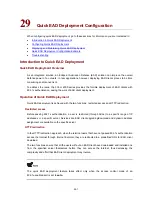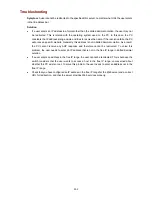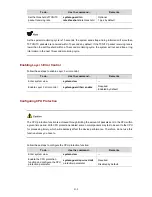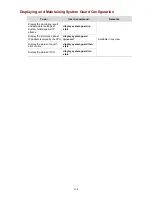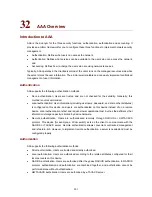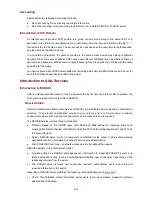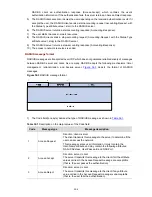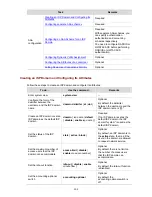
z
Clients: This database stores information about RADIUS clients (such as shared key).
s used to interpret the attributes and attribute
z
Dictionary: The information stored in this database i
values in the RADIUS protocol.
Figure 32-1
Databases in a RADIUS server
In addition, a RADIUS server can act as a client of some other AAA server to provide authentication or
B
his enhances the security. The RADIUS protocol combines the
nding authorization information along with
accounting proxy service.
asic message exchange procedure in RADIUS
The messages exchanged between a RADIUS client (a switch, for example) and a RADIUS server are
verified through a shared key. T
authentication and authorization processes together by se
the authentication response message.
Figure 32-2
depicts the message exchan
user, switch and RADIUS server.
Figure 32-2
Basic message exchange procedure of RADIUS
ge procedure between
The
as follows:
3)
4)
authenticate the user. If the authentication succeeds, the RADIUS server sends back to the
basic message exchange procedure of RADIUS is
2) The user enters the username and password.
The RADIUS client receives the username and password, and then sends an authentication
request (Access-Request) to the RADIUS server.
The RADIUS server compares the received user information with that in the Users database to
32-3


